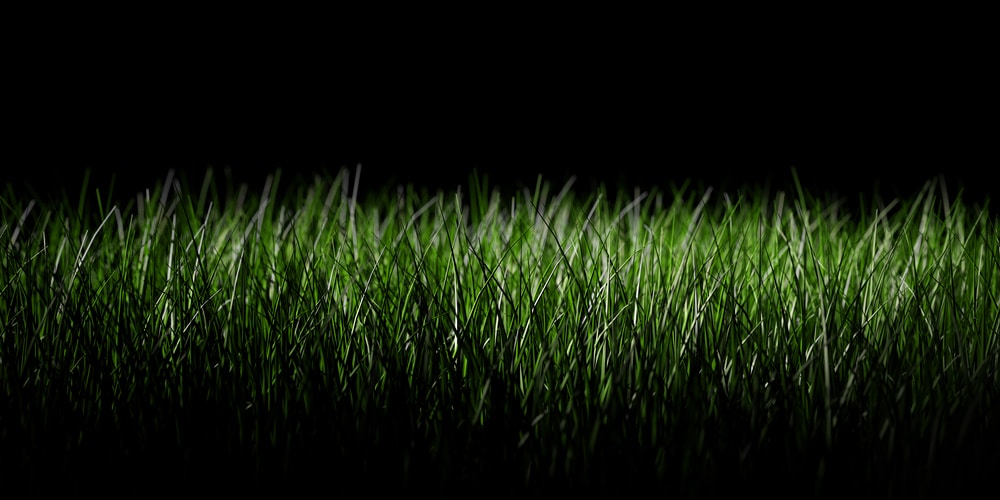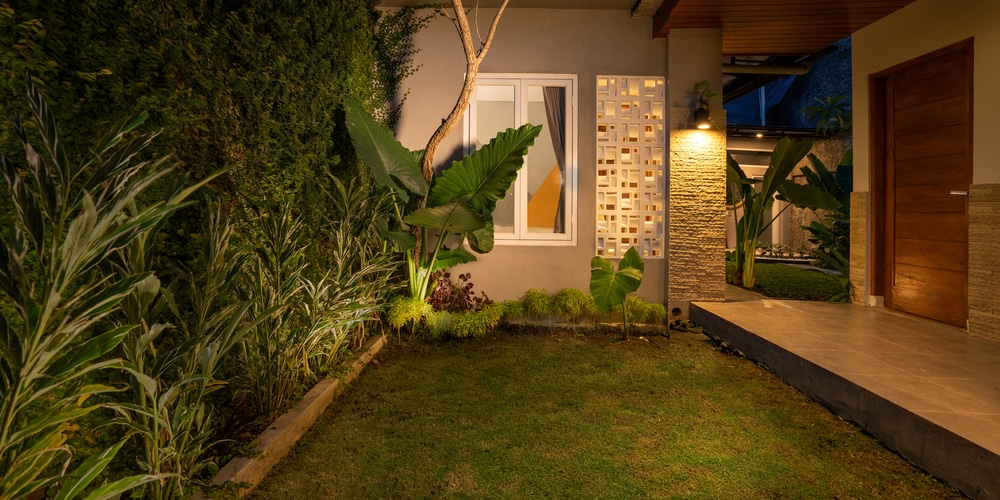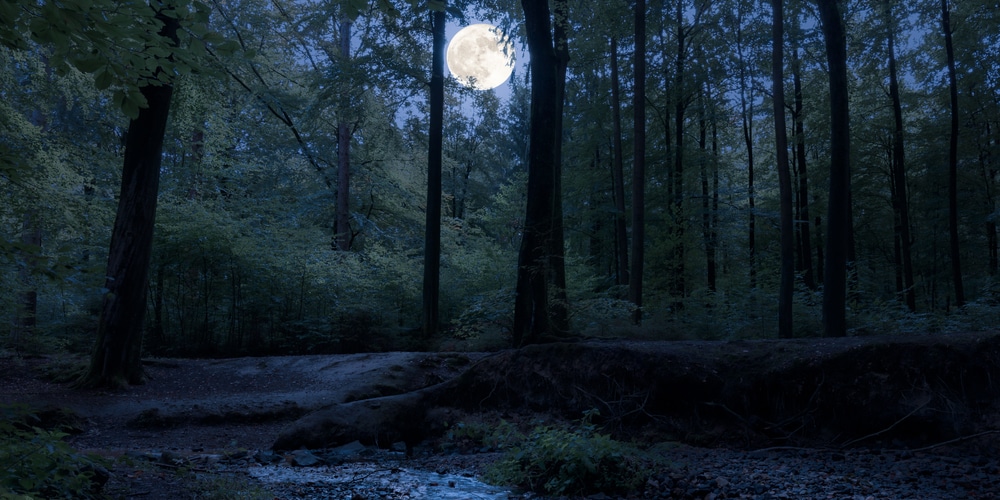We all know that sunlight is vital to healthy plant growth. You may have heard of the term photosynthesis, where plants take in sunlight to help them grow green and healthy. But does this mean that plants stop growing at night?
Plants need the correct nutrients, water, and sunlight to grow well. They get glucose which allows them to photosynthesize from the sun’s rays. Although the sun is vital for plant growth, plants won’t stop growing at night.
If you’ve been wondering how the photosynthesis process works and whether plants grow during the night, read on. This article will answer the question, ‘do plants grow at night?’
Yes, Plants Do Grow at Night

Plants such as flowers, shrubs, grasses, and trees all require sunlight for photosynthesis. During this process, the sun’s rays hit the plant’s leaves, causing the plant’s cells to become activated. Chlorophyll is the plant’s cells collecting and storing energy gathered from the sun during the day.
The plants are then able to use the energy they’ve collected to create glucose and oxygen from water and carbon dioxide. Plants are vital for human life as they realize oxygen into the air as a by-product of creating glucose (plants that produce the most oxygen). The glucose gives them the energy and sustenance they require to grow new leaves, roots, flowers, or fruit, depending on the variety of plants. Plants use photosynthesis to produce food for themselves, and this process happens during daylight hours when there is sunlight and water available.
The Respiration Process
At night, plants stop photosynthesizing, and a process called respiration begins. This is a process where the plants convert nutrients into energy and have a growth spurt. During the night, plants use the glucose they’ve produced during the day to grow.
Relocating allows the plant to reuse the resources it collected with photosynthesis to produce new growth. The plant will slowly create new cells, forming fresh leaves, roots, and stems over time. Plants need to be able to go through the photosynthesis and respiration process to collect energy and grow to be big and stronger. They need both day and night to be able to grow.
Plant Growth Spurts
Plants have a growth spurt in the early morning before dawn. They grow faster at this time than they do at any other time of the day. Plants go through a 24-hour cycle that involves photosynthesis during the day, respiration and growth at night, and finally, a growth spurt before dawn. They will then start the whole process again.
Grass grows at night and is a great example of a plant that does a spurt growth of mind.
Can plants grow in the dark?
Plants are also able to elongate if they are growing in too much shade. This helps them reach the sun’s light. You may have noticed that if you leave something outside in your yard, the blades of grass beside it will get longer. This is because they are trying to reach the sunlight so that they can continue to photosynthesis and grow healthily.
Plants need a minimum amount of light every day to grow, whether it be the sun, or a grow light (plants for an office with no windows).
However, grass and plants that are entirely covered up and in the dark 24 hours a day won’t be able to continue growing. This is because plants can’t live in complete darkness. They need sunlight during the day to be able to continue growing at night. If they are covered and starved of light for too long, they will turn yellow, then brown, and eventually, die completely.
What are Long-Day and Short-Day Plants
You may have heard plants being referred to as either long-day plants or short-day plants. This describes what the plants are doing during the night. These botanical classifications are determined by a process known as photoperiodism which is the amount of sunlight, daylight, or darkness that a plant requires to grow healthily.
Horticulturalists and botanical scientists used to think that day length was the determining factor of how well plants grew, which is why plants were classified as being either short or long days. In more recent years, it’s been discovered that the length of time it’s dark for is more crucial in plant growth and also triggers flowering.
Short day plants
Plants classified as being ‘short-day plants’ grow well when the hours of sunlight are less than darkness. They need at least twelve hours of darkness over a period of several weeks to be able to flower. These types of plants bloom during the winter or the early spring when conditions are right, and they can get enough hours of darkness. TheThe plants grow best when there are shorter days and long nights. Plants such as poinsettia and kalanchoe are short-day plants.
Long day plants
As the name suggests, long-day plants require less darkness to flower. These plants like longer days and plenty of sunshine. They also need less than twelve hours of darkness to grow and bloom. Vegetables and plants that flower during the summer months are considered long-day plants.
Day-neutral plants
Some plants don’t seem to be affected by the length of the days or nights. These plants are classified as day-neutral plants and include vegetables such as corn, cucumbers, and tomatoes.
Quantitative and qualitative plants
Short-day and long-day plants are also divided into two other sub-sections. They are known as either quantitative or qualitative plants depending on how much light they need to change color, produce seeds, or carry out another action.
Qualitative plants
Poinsettias are classed as qualitative plants as they require enough hours of darkness to be able to turn red. They need less exposure to sunlight to take on this quality. Qualitative plants need enough hours of night to perform a specific action.
Quantitative plants
Quantitative plants don’t rely on a certain amount of darkness or daylight to be able to complete their action. For example, Ryegrass will be able to produce seeds whether it’s exposed to lots of daylight or very little. However, more seeds will be produced when the grass gets more sunlight.
Conclusion
Plants need both daylight and darkness to grow. They don’t stop growing just because it is dark. As long as the plant has had enough hours of sunshine during the day, it will continue to grow at night and has a growth spurt just before dawn.

